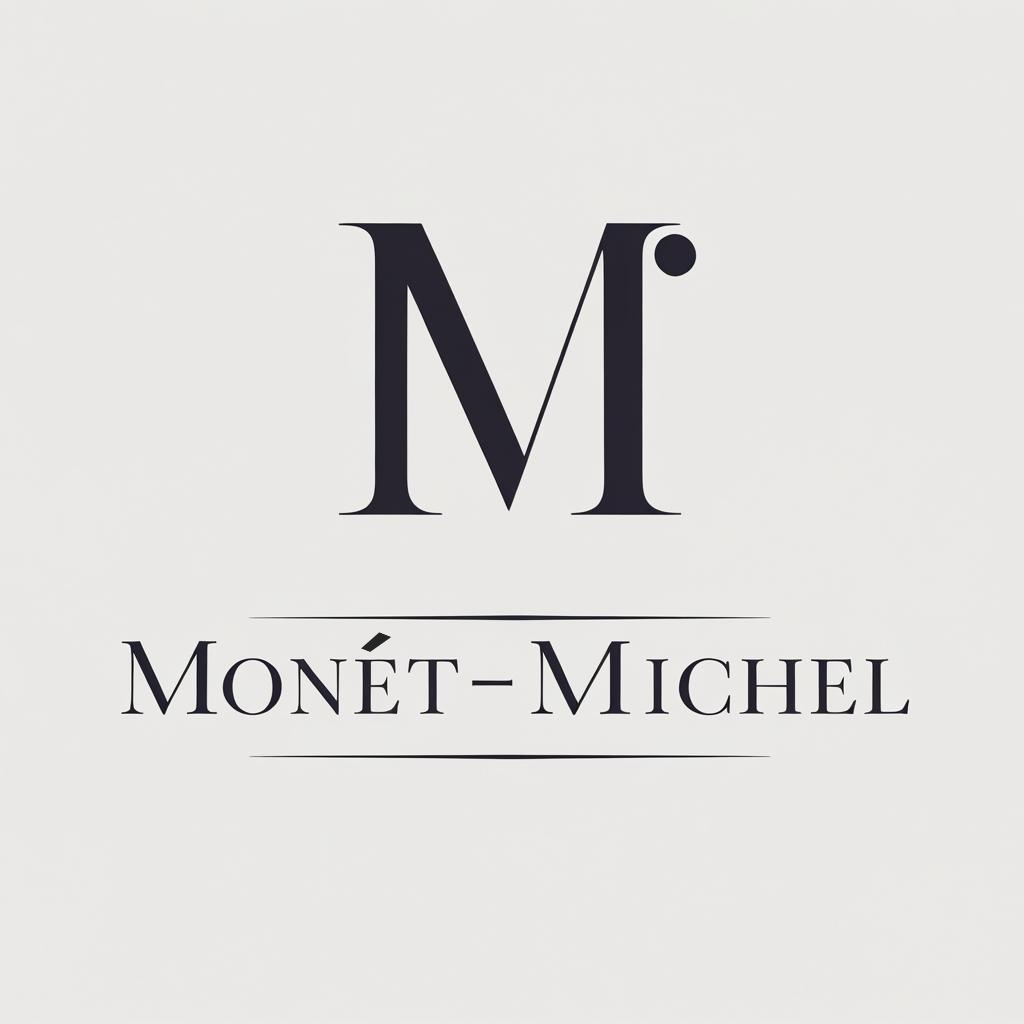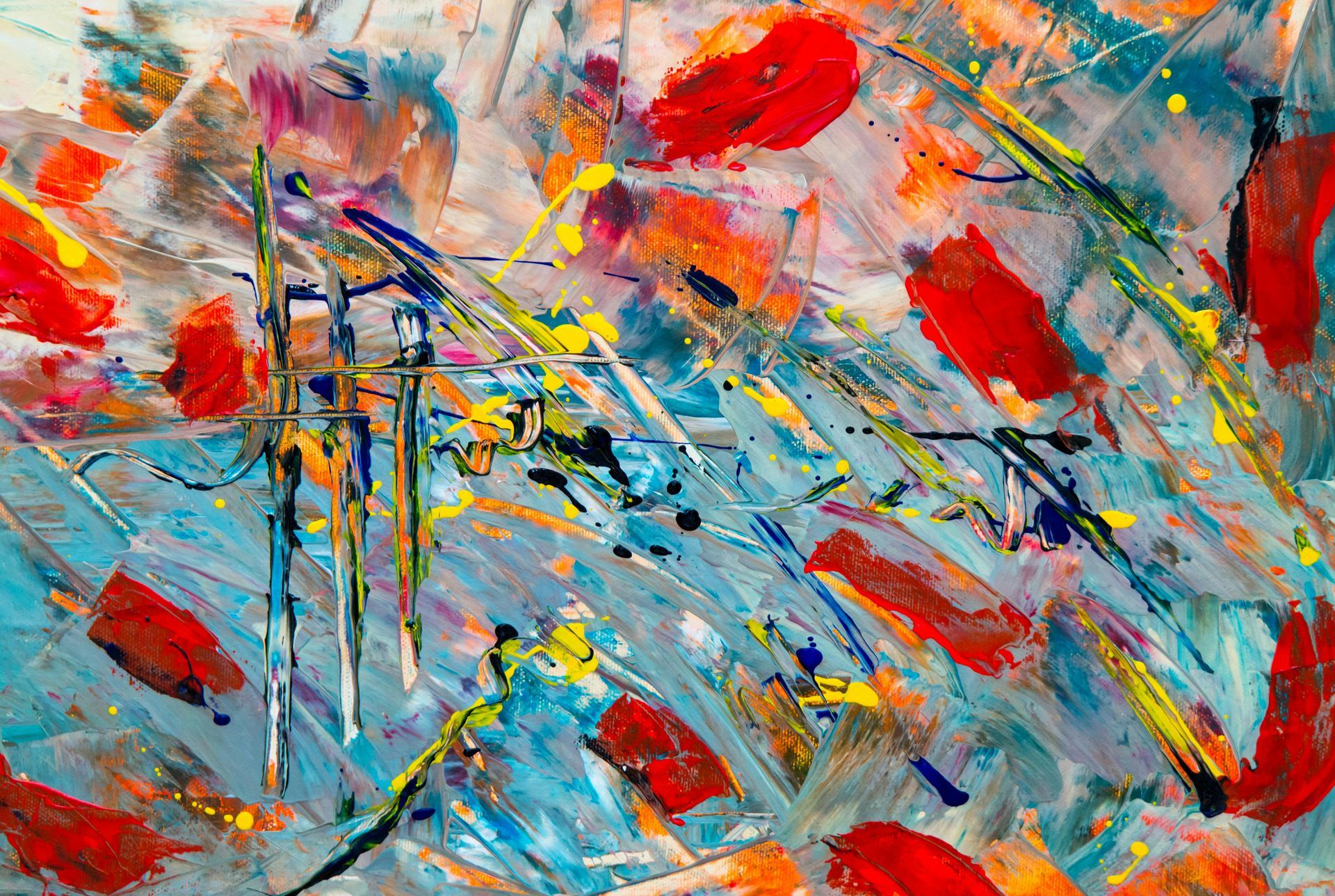Art Investment Success Stories
Hear from seasoned art investors and curators who have navigated the art market with remarkable success. Their insights and experiences highlight the potential of art as a lucrative investment, showcasing how strategic acquisitions can lead to significant financial rewards.
"Investing in art has transformed my portfolio. The appreciation in value of my collection has exceeded my expectations, and I’ve enjoyed every moment of curating it."
Sophia Martinez, Art Investor, London
"As a curator, I’ve seen firsthand how art can not only beautify spaces but also serve as a smart investment. The right pieces can yield impressive returns over time."
James Thompson, Curator, New York
"I started investing in art as a passion, but it quickly became a profitable venture. The art market is dynamic, and with the right guidance, anyone can succeed."
Emily Chen, Art Collector, San Francisco
Art Market Performance: A Profitable Investment
The art market has shown remarkable resilience and growth over the past decade, making it an increasingly attractive option for investors. According to the Art Basel and UBS Global Art Market Report, the global art market reached an estimated value of $65.1 billion in 2021, reflecting a 29% increase from the previous year. This surge highlights the potential for significant returns on investment, especially for those who navigate the market wisely. Furthermore, the demand for contemporary art has surged, with auction sales for this category rising by 50% in 2021 alone, indicating a robust appetite among collectors and investors alike.
Increase in global art market value from 2020 to 2021
Rise in auction sales for contemporary art in 2021
*The content on this page is for informational purposes only. Monét-Michel and its Independent Art Consultants do not offer licensed financial advice. Please consult a financial professional for guidance specific to your situation.

